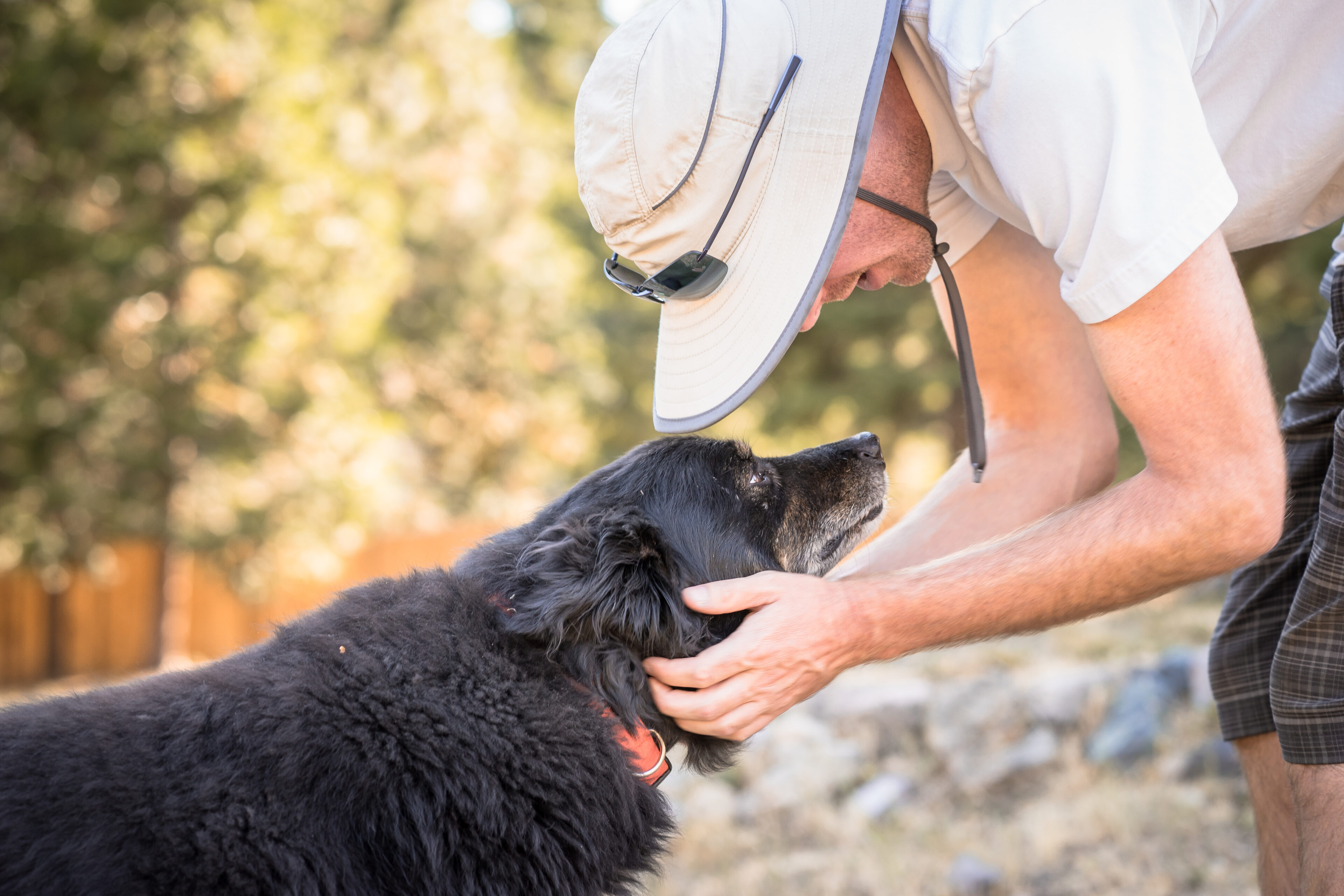
Empowering Dogs and Owners for Lasting Change
At Primal Needs Behavioral Solutions, we specialize in delivering effective, lifelong dog training services designed to empower both dogs and their owners to overcome behavioral challenges. Our team understands the complexities of dog behavior and is committed to providing a supportive environment in which all dogs can thrive.
Meet Blair, Your Dog's Best Trainer

Begin Your Journey to a Well-Behaved Companion
Ready to transform your dog's behavior? Primal Needs Behavioral Solutions offers effective puppy training solutions tailored to your furry friend’s unique needs. Contact us today to schedule a consultation and take the first step toward a harmonious relationship with your dog!

